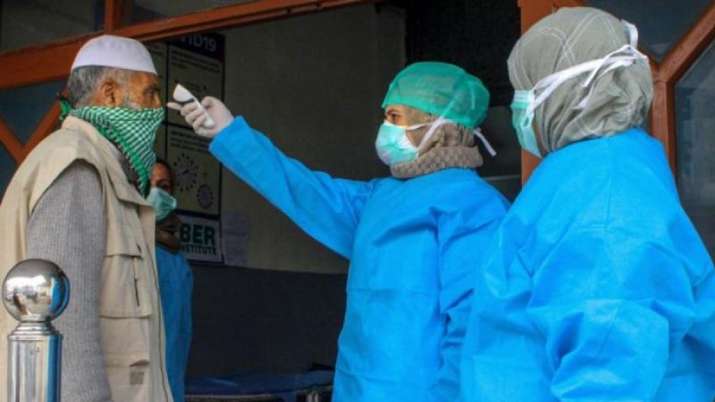
As the number of COVID cases rise in J&K, the Chief Secretary directed the employees to work from home.
Highlight
- J&K CS Arun Mehta on Jan 20 impressed upon all departments to allow percentage of workforce to WFH
- Mehta gave this direction during the meeting of the Kovid Task Force to review the increasing cases of corona virus.
- He directed to strictly implement CAB and lay down protocols to break the chain of transmission
Taking cognizance of rising COVID-19 cases in the Union Territory, Chief Secretary Arun Kumar Mehta on Thursday impressed upon all departments to allow suitable percentage of workforce to work from home.
Mehta gave this direction during a meeting of the COVID Task Force to review the rising coronavirus cases in Jammu and Kashmir. He directed for strict implementation of CAB and laying down protocols to break the chain of transmission.
The Chief Secretary appealed to the public to stay indoors and avoid visiting crowded places, and also to voluntarily declare micro-containment zones in those areas which are witnessing a large number of positive cases.
Read also: From Shirt Dresses to Classy Cargo Trousers, Work From Home Look
He said people with symptoms can dial the COVID emergency helpline number 104 to get medical help and test information.
The meeting was informed that although the Omron variant is maintaining a high transmission rate—increasing the weekly positivity rate from 0.5 percent to 5.4 percent over the previous fortnight—oxygen bed occupancy and ICU bed occupancy are at a comfortable level of 7.7 percent. percent and 14.0 percent, respectively.
Officials said the health facilities have been beefed up and they are ready to deal with any situation.
Compared to the second wave, Jammu and Kashmir has doubled its testing capacity to over 80,000 daily tests, which is also reflected in the higher number of daily reported cases, he said.
Although the number of daily reported cases has exceeded the number recorded during the peak of the second wave, the comparative peak positivity rate and bed occupancy rate are currently low at 7 per cent and 6.2 per cent, i.e. 10.9 per cent of the second wave, respectively. percent and 60.8 percent, he said.
The positivity rate is also low in Jammu and Kashmir as compared to the national average of around 17 per cent.
Read also: Disabled, pregnant women employees of Delhi government will work from home: DDMA
,